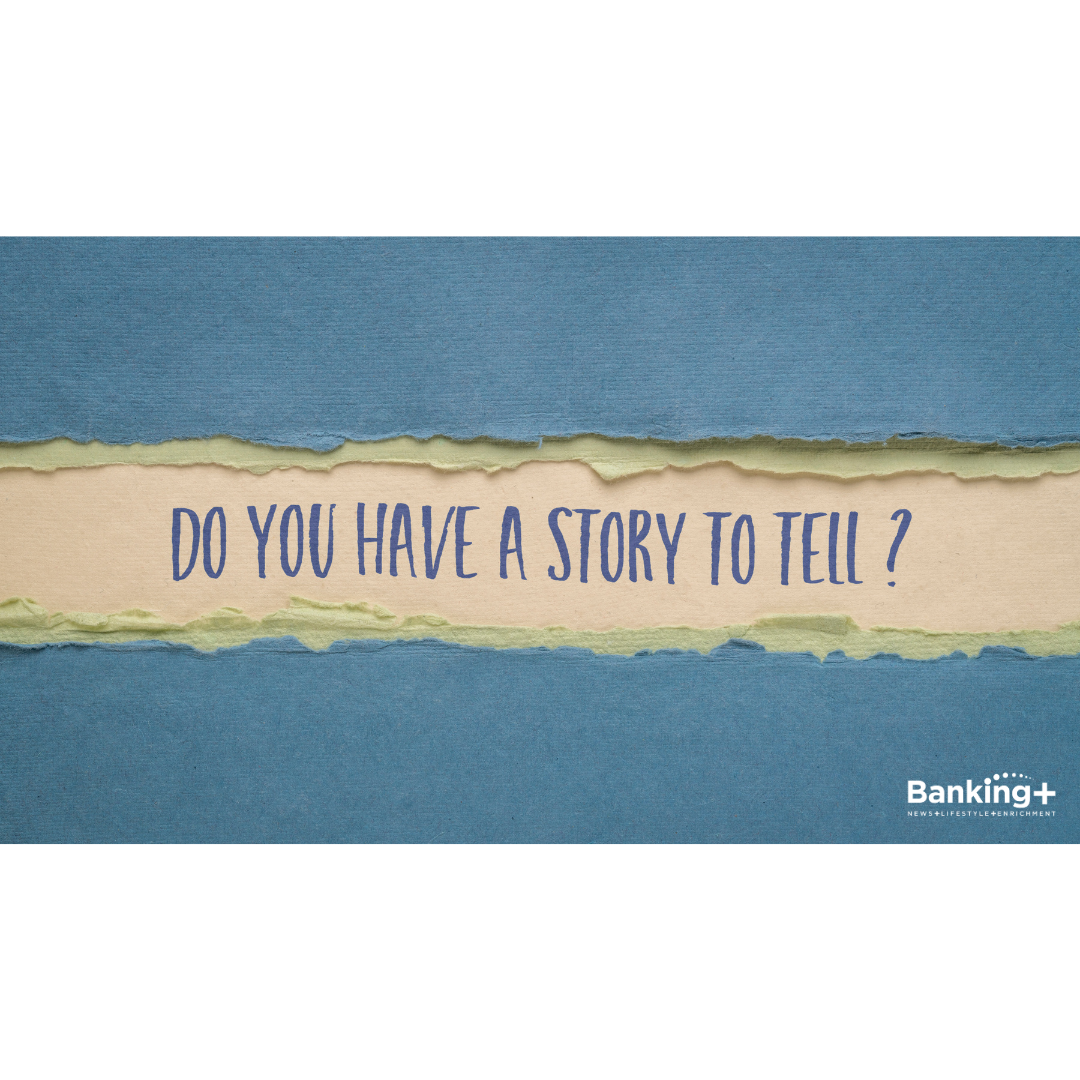When deals begin with a message and opportunities hinge on first impressions, bankers and financial professionals rely heavily on effective outreach. Whether it’s courting potential clients, sourcing new partners, or recruiting top talent, cold emailing remains a critical part of the business development toolkit.
But how long should that first message be? According to a new study by Hunter.io (an email consulting firm and provider headquartered in Wilmington, Del.) brevity is not just polite—it’s powerful.
Stay ahead in the fast-paced financial world. Get actionable insights and the latest news delivered to your inbox weekly.
Unlock Higher Reply Rates: The Cold Email Sweet Spot
Hunter.io analyzed over 34 million cold emails sent through its platform to uncover patterns between word count and reply rates. Their finding? Emails containing between 20–39 words had the highest average reply rate, at 27 percent.
This statistic contradicts conventional wisdom, which often recommends longer formats to explain context, convey value propositions more effectively, or drive calls to action. But the numbers suggest that, especially in today’s world of digital overload, less really is more.
Here’s a quick breakdown of reply rates by word count:
- 20–39 words: 27% reply rate
- 40–59 words: 26% reply rate
- 60–79 words: 25% reply rate
- 80+ words: Diminishing returns, especially past 120 words
The pattern is clear: As word counts increase, reply rates gradually decline.
Why Shorter Emails Capture Attention in Crowded Inboxes
Inboxes of financial executives are notoriously crowded. Most professionals won’t read a message word-for-word unless it’s from a known sender. A cold email must therefore earn its attention quickly.
The 20–39 word range hits the sweet spot for a few key reasons:
-
Easy to Skim on Any Device
-
- The content fits in one screen on most devices.
-
Time-Efficient for Busy Professionals
-
- Professionals are more likely to read and respond when minimal effort is required.
-
Spark Curiosity for Follow-Up Conversations
-
- A short, well-crafted email piques interest without overselling, leaving room for a follow-up conversation to unfold naturally.
Key Elements of Effective Cold Email Messaging
That said, shorter doesn’t mean vague or generic. The top-performing cold emails still maintain core principles of effective messaging:
- Personalization: Refer to the recipient’s business, role, or recent activity.
- Relevance: Offer something clearly valuable, such as a strategic insight or potential partnership.
- Clear CTA: End with a simple, direct next step, such as scheduling a 15-minute call.
Hunter.io notes that while word count is a key variable, personalization and follow-up are still among the most powerful predictors of success. Emails that were customized to the recipient consistently outperformed templated mass messages, regardless of length.
Best Practices for Increasing Cold Email Engagement
If at first you don’t succeed—send a follow-up. The same study found that campaigns with one follow-up (or more) had significantly higher reply rates than those that relied on a solo message.
Tone and timing, however, are important considerations. A polite follow-up, spaced three-to-seven days after the initial contact, proved most effective. The iterant touches should remain concise and respectful, restating the value or offering new context, without pressuring the recipient.
Effective Outreach for Financial Industry Professionals
For professionals in financial services—where trust, timing, and clarity are paramount—these data offer a tactical edge. Whether it’s investment bankers sourcing new mandates, private bankers targeting high-net-worth individuals or commercial lenders approaching prospective clients, understanding how to craft an efficient message could be the key to increasing engagement.
In an environment where every word counts, perhaps fewer of them are needed.
For the complete analysis of the effect of email word counts on business development, see Hunter.io.
Want more data-driven strategies and the latest financial news impacting your industry? Subscribe to our weekly newsletter for exclusive updates and analysis.



















